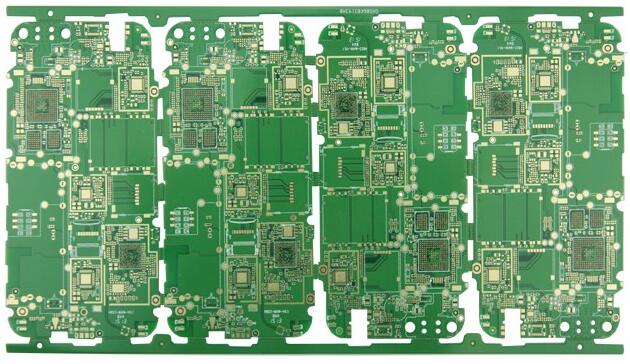Ultrasound subsystems (such as ADI's AD9272/AD9273 integrated LNA/AAF/ADC and crosspoint switch) implement a complete TGC path, which is the most common receiving path for ultrasound systems. These two devices provide system designers with the flexibility to balance performance and power consumption: the high-performance AD9272 has low noise characteristics (0.75nV/rt-Hz), and the low-power AD9273 has a sampling rate of 40MSPS. A complete TGC channel consumes only 100mW. These two pin-compatible devices use serial I/O to achieve a low pin count. They are all used in a compact 14mm*14mm*1.2mm package. Compared with multi-chip solutions, they can reduce the footprint and power consumption of each channel by more than 33%.

Most ultrasound system companies admit that their core intellectual property (IP) lies in the probe and beamforming technology. Multi-channel chips are rapidly becoming popular devices. They eliminate the need for high-cost ASIC components and endless adjustment and optimization of individual TGC paths in order to complete system design and obtain a little more performance or power savings.
Designers are considering further integration of other parts of the ultrasound system. Research has shown that if the front-end electronic circuit is closer to the probe, it will produce less probe loss and better signal sensitivity, allowing system designers to relax the requirements for front-end devices (such as LNA/VGA). The integration of these parts of the signal chain has proven to be beneficial.
Although high-performance imaging systems can be implemented using this system partitioning method, it is not optimal from the point of view of portability, size, and power consumption. The advent of 4-channel and 8-channel TGC, ADC, and DAC allows further reduction in size and power consumption without sacrificing performance, thereby bringing new system design methods and new suppliers into these markets. Multi-channel components allow designers to place components closer together on the PCB board, thereby increasing the number of channels in the system; they also allow designers to separate sensitive circuits on two or more daughter boards to complete a system The design, which can effectively reuse the mature electronic circuits developed in many platforms.
Note: As the number of channels increases, the dynamic range will also increase. Noise can be effectively treated as irrelevant components in the system. By doubling the number of channels in the system, the noise can be reduced by half and the dynamic range can be increased by 3 decibels. Therefore, compared with a 16-channel system, a 64-channel system can increase the dynamic range by as much as 12dB.
However, this method has some disadvantages: increasing the number of channels may make PCB routing a "nightmare", which in some cases will force designers to use components with a smaller number of channels. This also brings new heat treatment challenges for mechanical designers, which not only increases system costs, but also increases fan noise.
Although many years of research and development of the ultrasound system have made significant technological advances, it is still very complex. Like other complex systems, there are many system partitioning methods.
For many years, manufacturers have implemented these complex systems by designing their own custom ASICs. This solution usually consists of two ASICs, which integrate time gain compression (TGC) and most of the components on the Rx/Tx path, as shown in 1. This method was common before multi-channel VGA, ADC, and DAC became widely available. Custom circuits allow designers to integrate some flexible and low-cost features, which can show cost advantages over time, because integrating most of the signal chain can minimize the number of external components. Unfortunately, over time, ASICs manufactured based on photolithography have shown their limitations in terms of integration and power consumption. ASIC has a large number of logic gates, but this digital technology is not optimized to successfully implement analog functions, such as high-performance ADCs. In addition, due to the limited number of suppliers, ASICs also allow system designers to choose only within a small range.
The above is an introduction to the flexibility of circuit board cloning to achieve ultrasonic design. Ipcb is also provided to PCB manufacturer and PCB manufacturing technology.